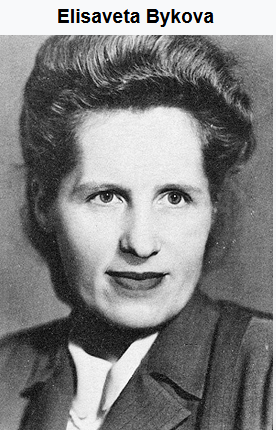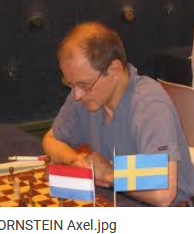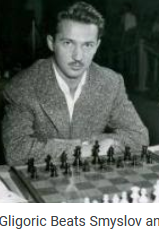No more technical problems for the start of this third course of the season and the Master was able to give the course without any problems.
There were several interruptions during the Turnbulls though, as if the problems in Growing Man were indigestible for the lecture software!
The core group was joined again by Eric the Shogi Master and Pierre before he left for South America.

 "Please don't confront me with my failures, I had not forgotten them" (Nico).
"Please don't confront me with my failures, I had not forgotten them" (Nico).
A failed draw in a women's world championship, but let's not be too harsh: as already said many times, "guys" don't do much better than "girls". Especially now, look at the appalling "world cup" and its savage pace.

In this respect, I am sometimes reproached for always showing the mistakes in the endgames of the grandmasters, assuming a delight which is all the greater the higher their ranking. A delight which, incidentally, I do not deny! But I don't care about my own mistakes or shortcomings. Here is an example where, if I dare say, I kill two birds with one stone. Opposed to a very strong grandmaster, I make... two mistakes in the endgame, while he makes only one. Result: a deserved bubble. The fact that in the middle of the game, yours truly was an arch-winner is an added touch of humour.
You will note that in this analysis, the defensive King takes a malicious pleasure in preferring the long side, in apparent violation of a fundamental principle of Rooks endgames.

It must be said that the most dangerous pawn is not necessarily the one you think of, and then the big side can suddenly become the small side! And of course, as always, as soon as one starts to seriously analyse an endgame, the mutual "zugzwang" comes like hotcakes. An attempt to extract a little artistic study from this analysis fails on an ugly dual. Notice to the more talented composers.
Is it possible for R+2B to win against 2R, while the exchange win leads to a draw, since we are very far from the crosskillian cases where R+B wins against R? Answer from a very nice Swedish IM retired from the competition, but active in composition.
The exercise for 3 weeks from now is quite easy. This is followed by a probably invented "Loydesque" combination, as we do not see a plausible last move. What is the piece that will surely not checkmate?
The games presented at this course are usually selected for the quality of play of both protagonists. An exception is this bad day by an ex-world champion, but what is exemplary here is the ruthless refutation of moves whose weakness against another player might well have gone unnoticed.
 If, at the end of a game, your opponent tells you that he has not understood your game, is this a mockery or a compliment? This obviously depends on the result. If the result is in your favour, I would prefer the second interpretation. This is what happened in our second game of the day, an echo of the one presented on April 2, 2013, which could be entitled: "How to check out the best defender in the world".
If, at the end of a game, your opponent tells you that he has not understood your game, is this a mockery or a compliment? This obviously depends on the result. If the result is in your favour, I would prefer the second interpretation. This is what happened in our second game of the day, an echo of the one presented on April 2, 2013, which could be entitled: "How to check out the best defender in the world".

After the fairytale phase, here is a weird variant helpmate training like we used to do 40 years ago. Three other helpmates, two recent and one selected for the 1993 world championship. A French 2# with trials, a Croatian 3# where the third white moves offer even more variety than the second, an apparently easy but mystifying 5#, and finally an easy selfmate 6# whose author I do not know.
Have a good time and see you on November 24th for the last "normal" course of the year (in December the fairy course).
Add a comment